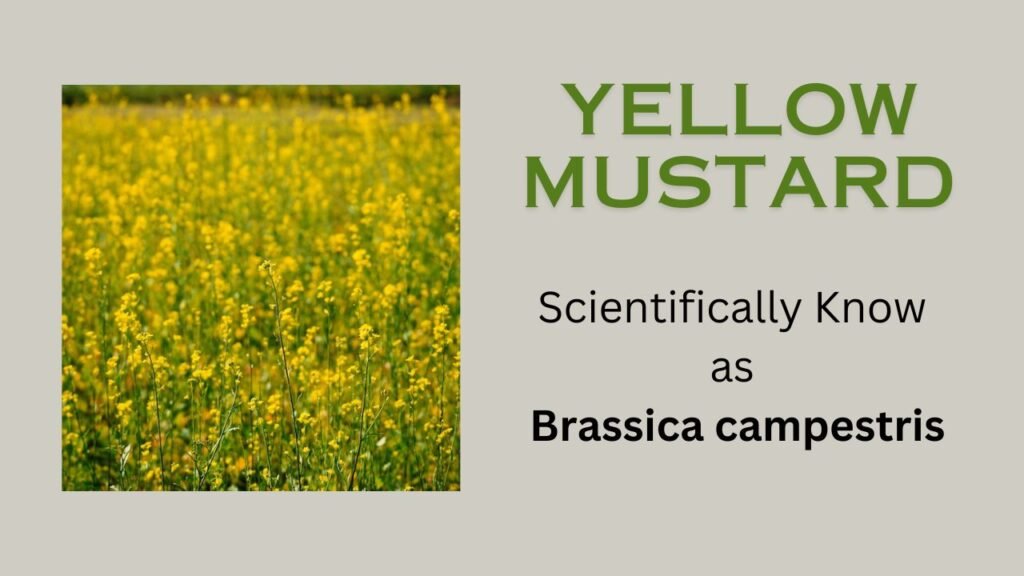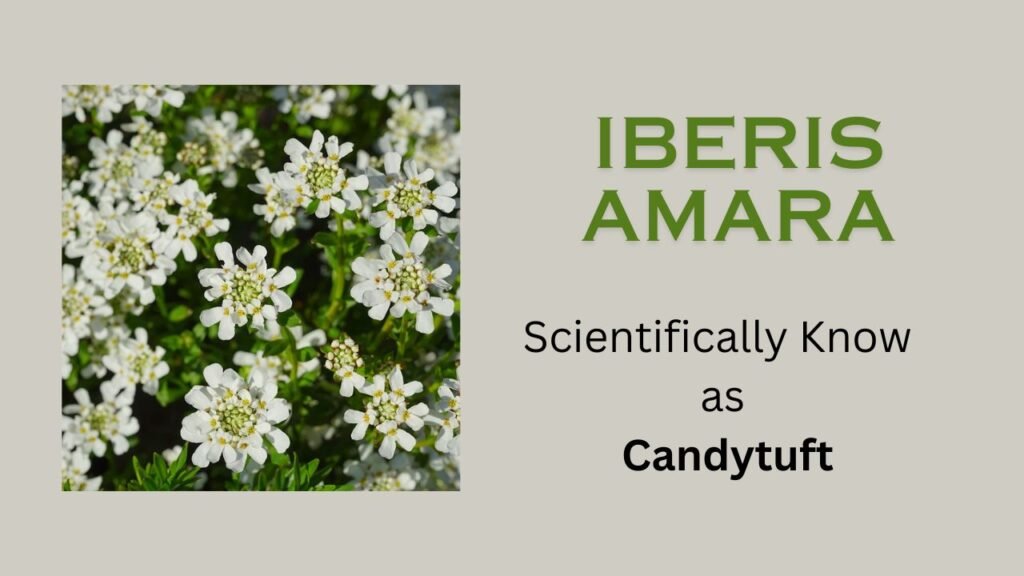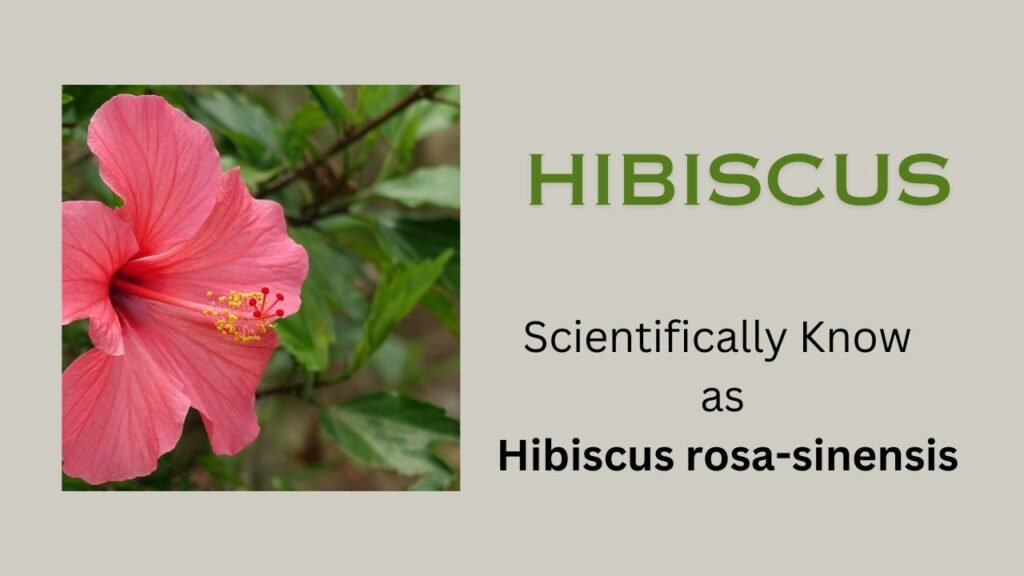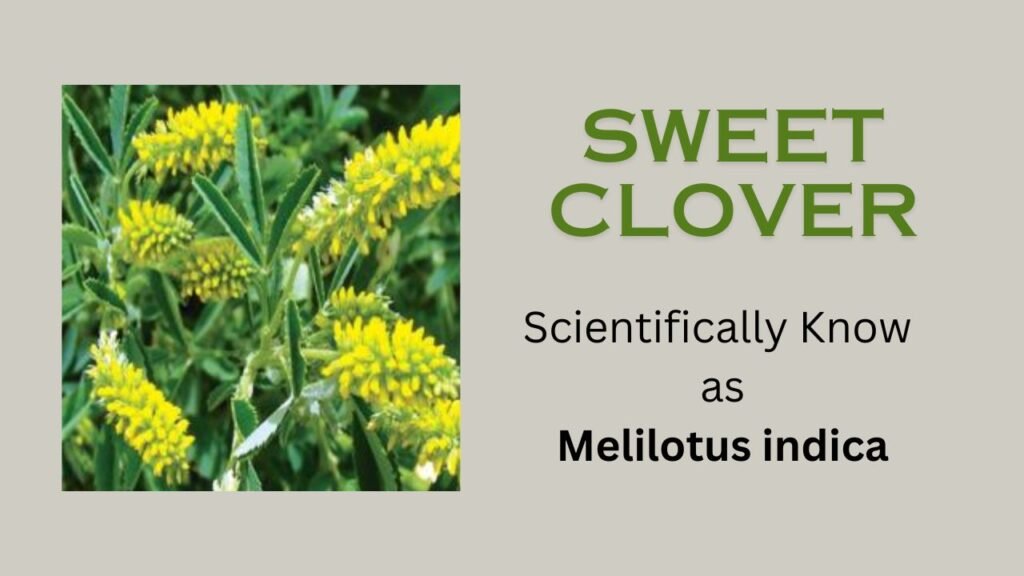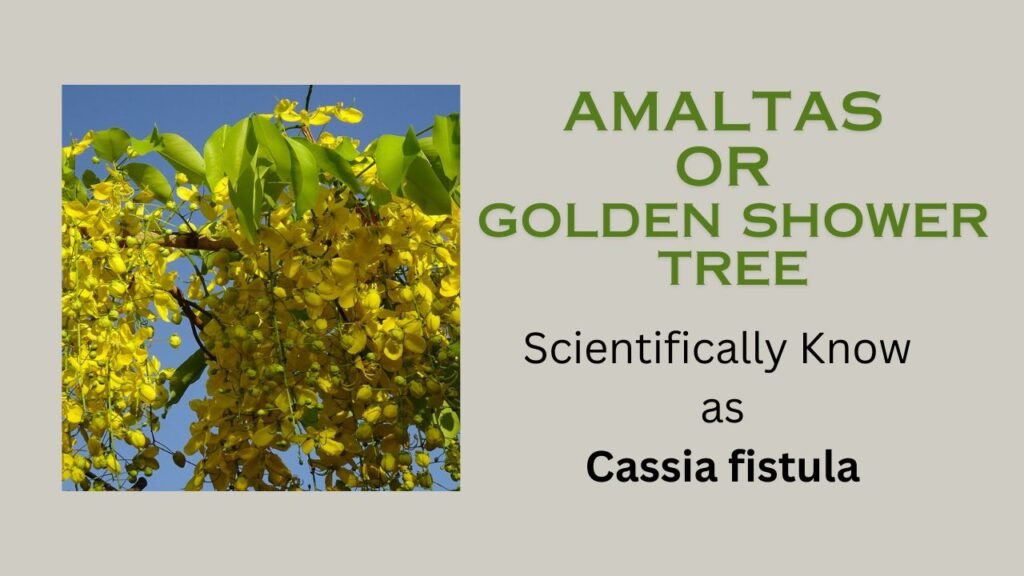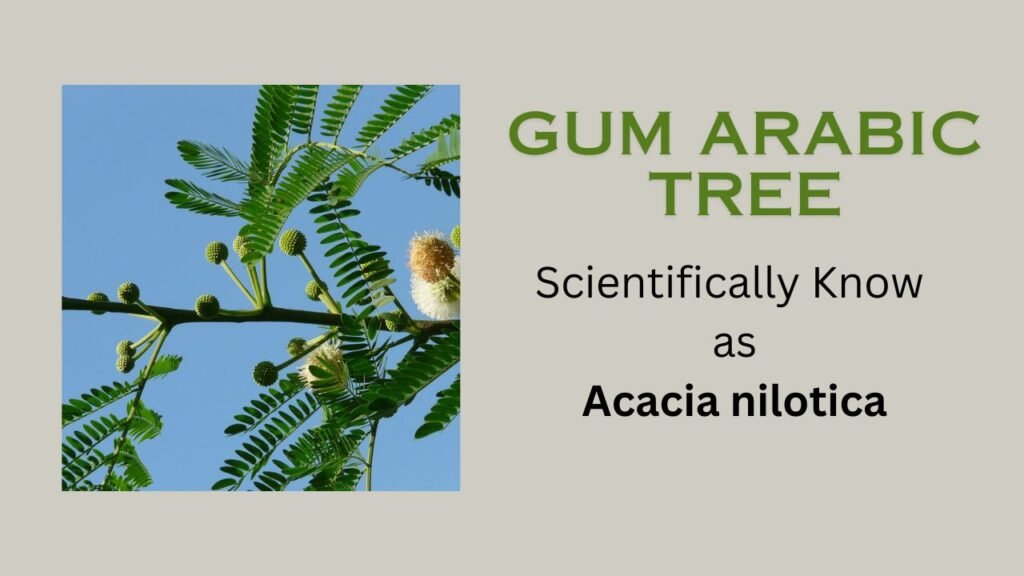Cassia occidentalis commonly known as Coffee senna. It is a member of the Leguminosae family. These are members of the subfamily Caesalpinioideae in the Leguminosae family. In this article, we will learn about the position of leaves, flowers, and fruits of Coffee senna.
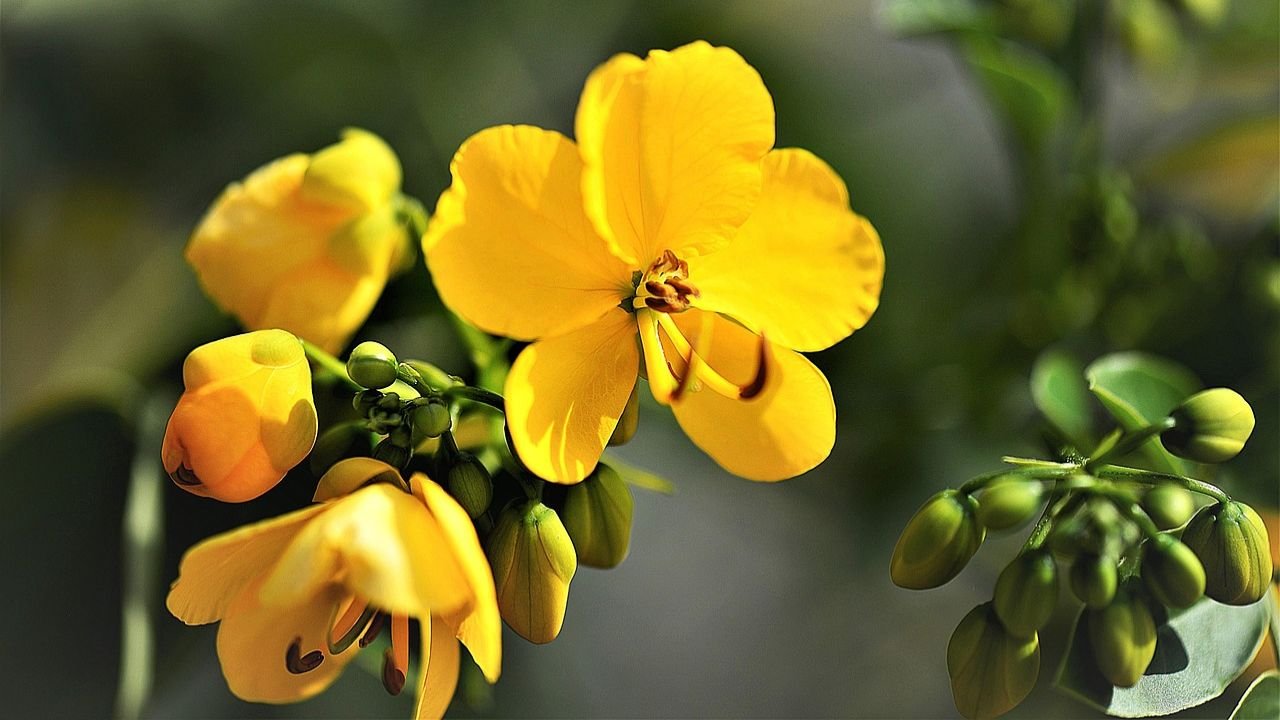
Scientific Name: Cassia occidentalis
Some Basic Information about Cassia occidentalis
Habit– An annual 2-5 ft under shrub.
Root– Tap root.
Stem– Solid, erect, branched, cylindrical.
Leaf– Petiolate, alternate, stipulate, compound, paripinnate, leaflets 3-5 pairs, opposite, oblong-ovate, lanceolate, acuminate apex, upper surface glabrous, lower surface hairy, leaf base slightly swollen with a brownish-black gland, entire margin and unicostate reticulate venation.
Inflorescence– Axillary corymbose panicle.
Flower– Bracteate, pedicellate, bracteolate, hermaphrodite, complete, zygomorphic, hypogynous.
Calyx– Sepals 5, polysepalous, 2 sepals are smaller, quincuncial aestivation.
Corolla– Petals 5, polypetalous, quincuncial aestivation.
Androecium– Stamens 10, 7 are fertile of which 3 anteriorly placed are longer, the remaining four fertile stamens are lateral and of medium length, polyandrous, dithecous, introrse, basifixed, three staminodes posteriorly placed.
Gynoecium– Monocarpellary, unilocular, superior ovary, marginal placentation, style short, stigma capitate.
Fruit– Legume.
Floral formula– Br% ⚥ K5 C5 A3+4+3 staminodes G1
Systematic Position:
Division – Phanerogamia
Subdivision – Angiospermae
Class – Dicotyledonae
Subclass – Polypetalae
Series – Calyciflorae
Order – Rosales
Family – Leguminosae
Subfamily – Caesalpinioideae
Genus – Cassia
Species – occidentalis

